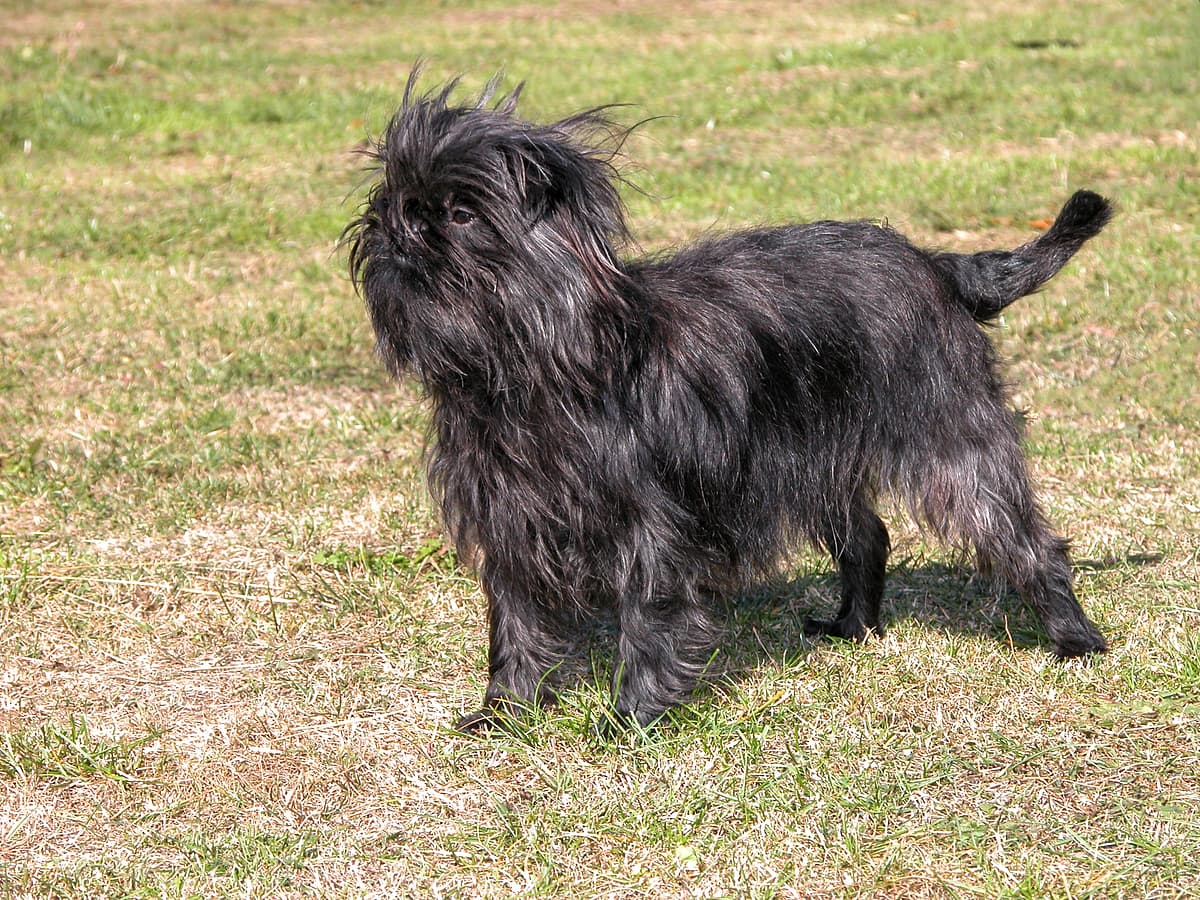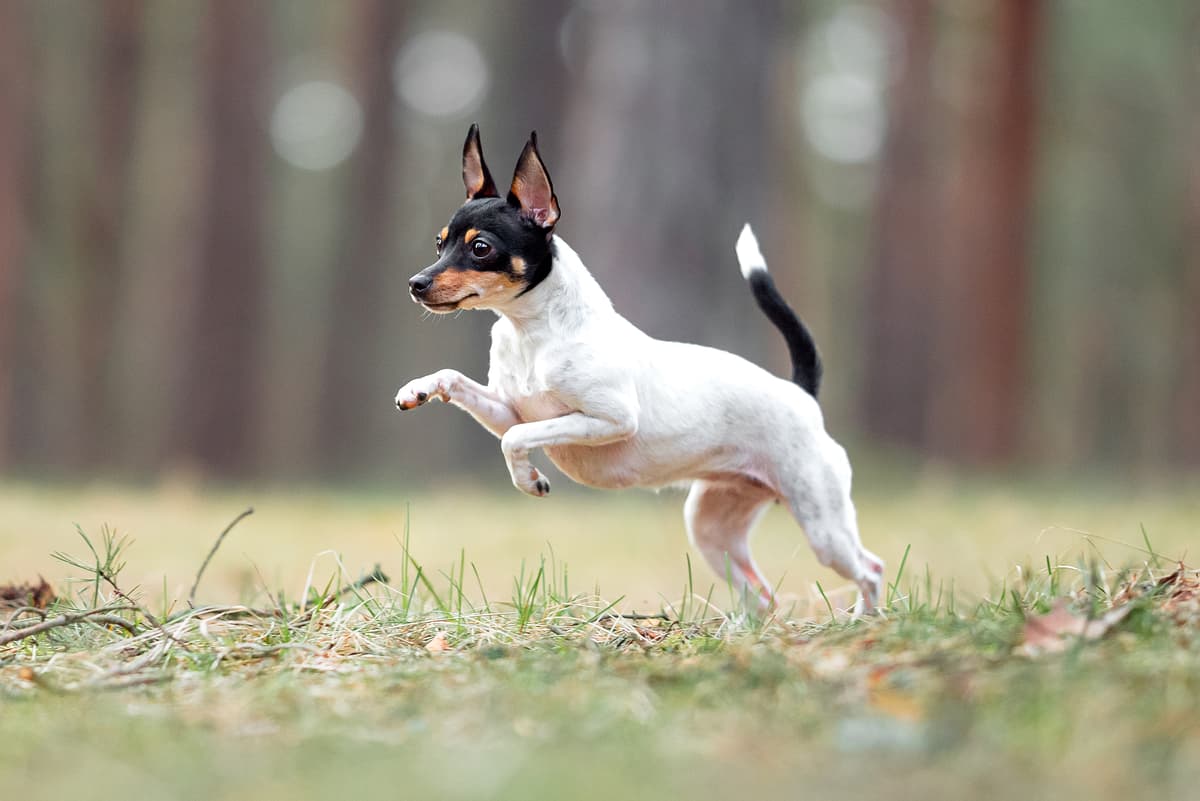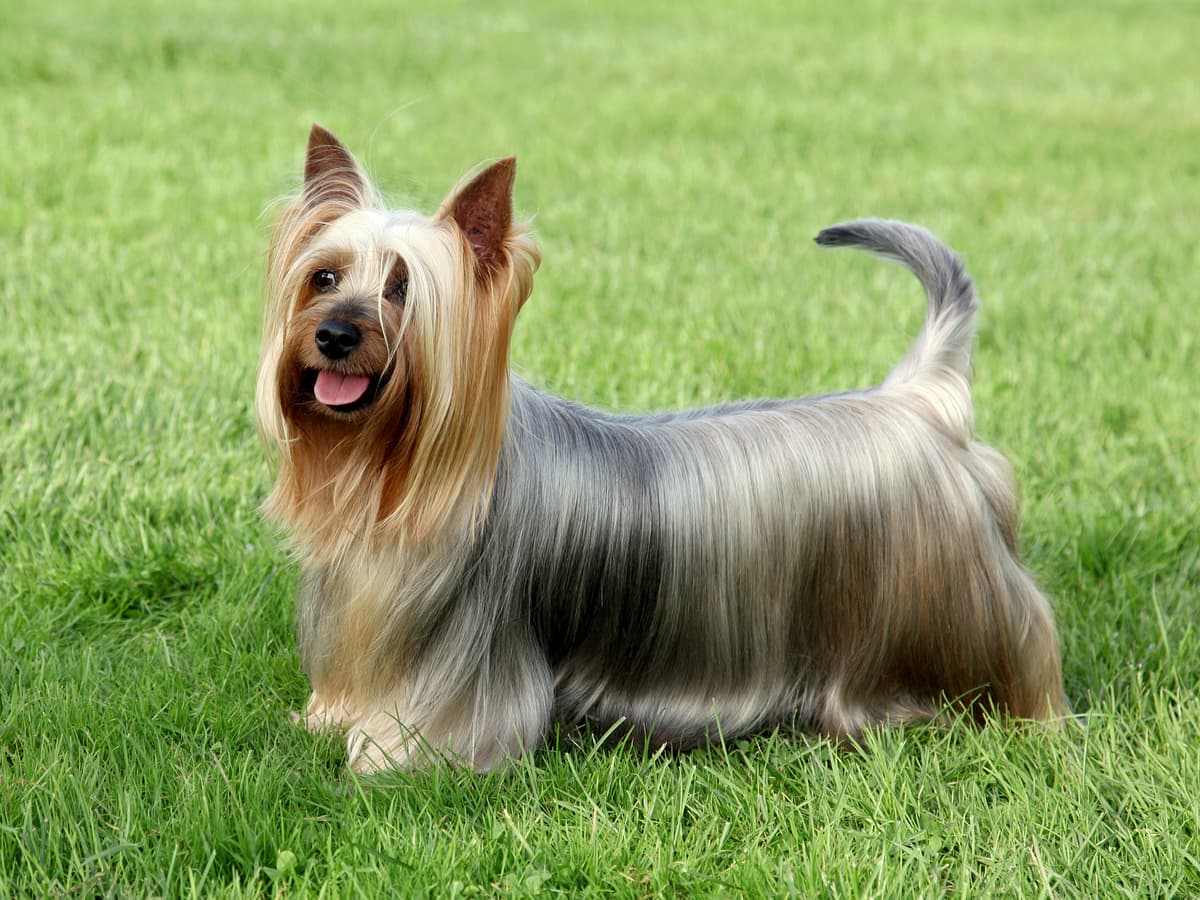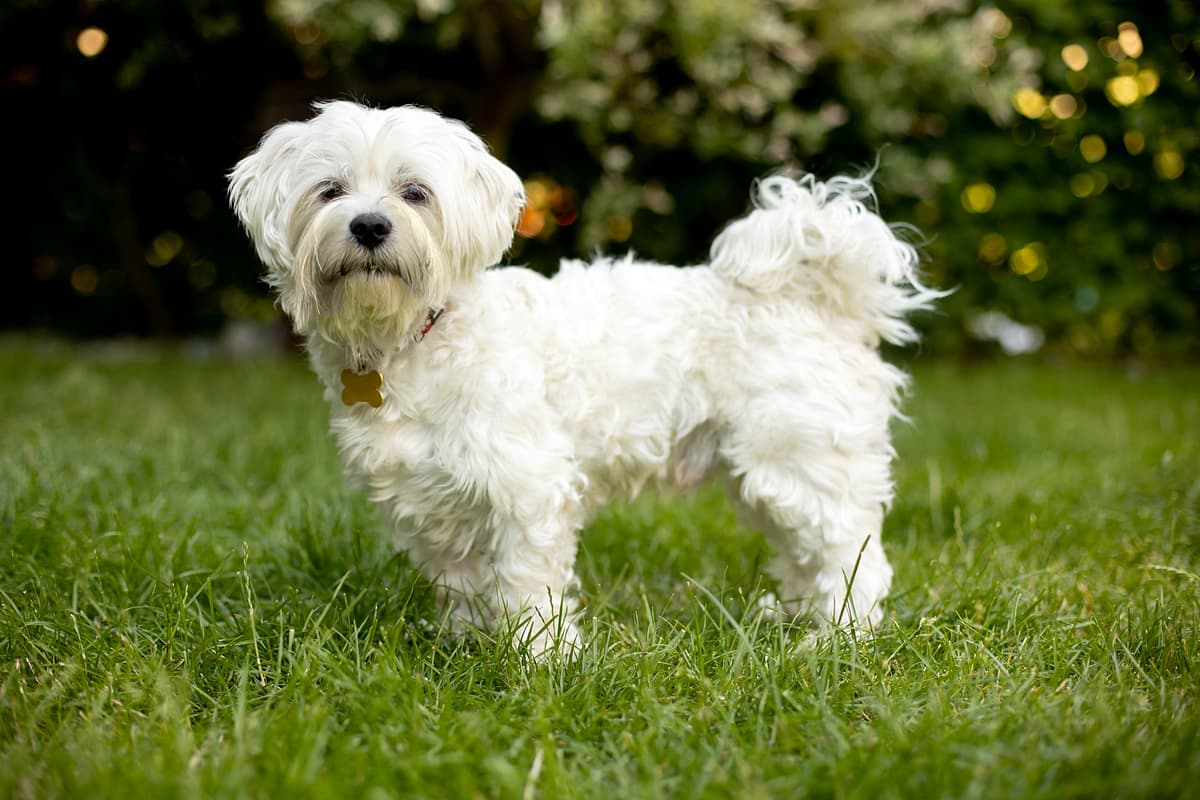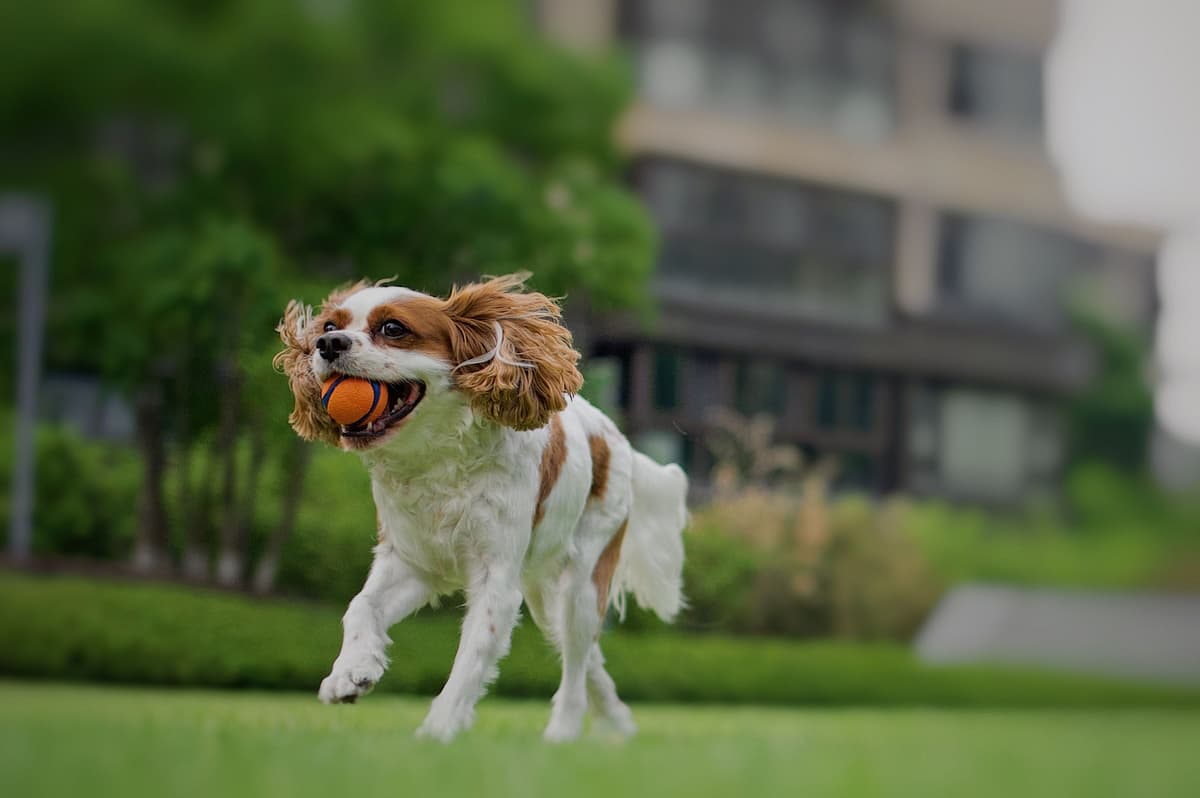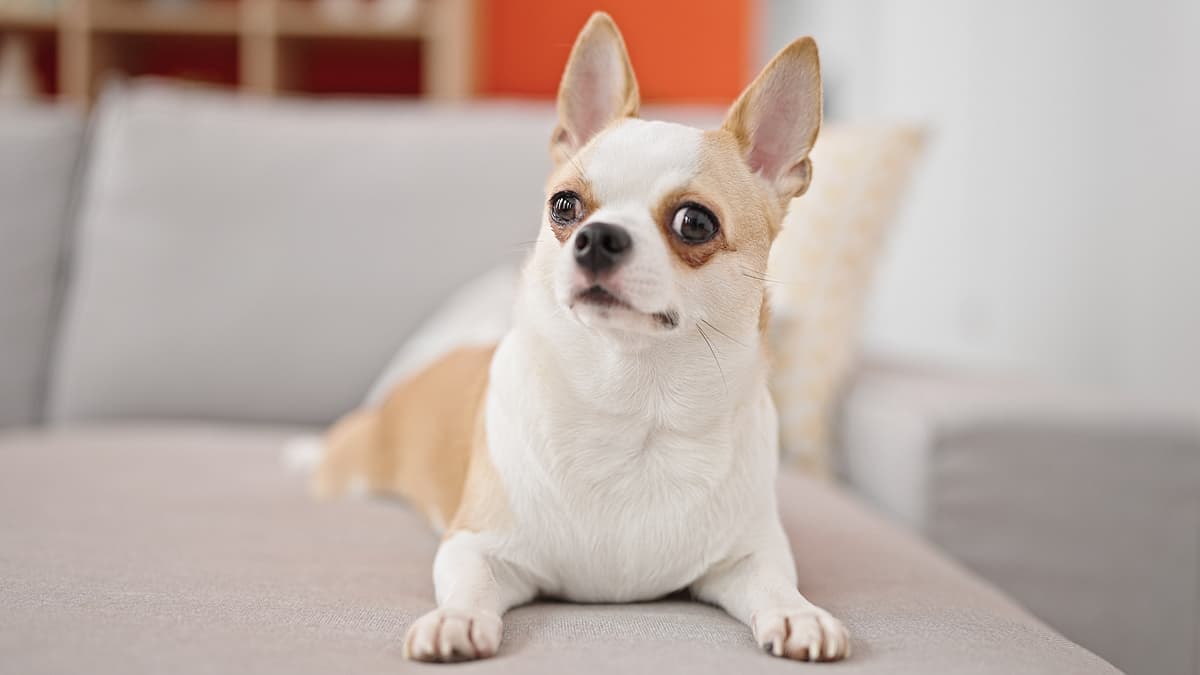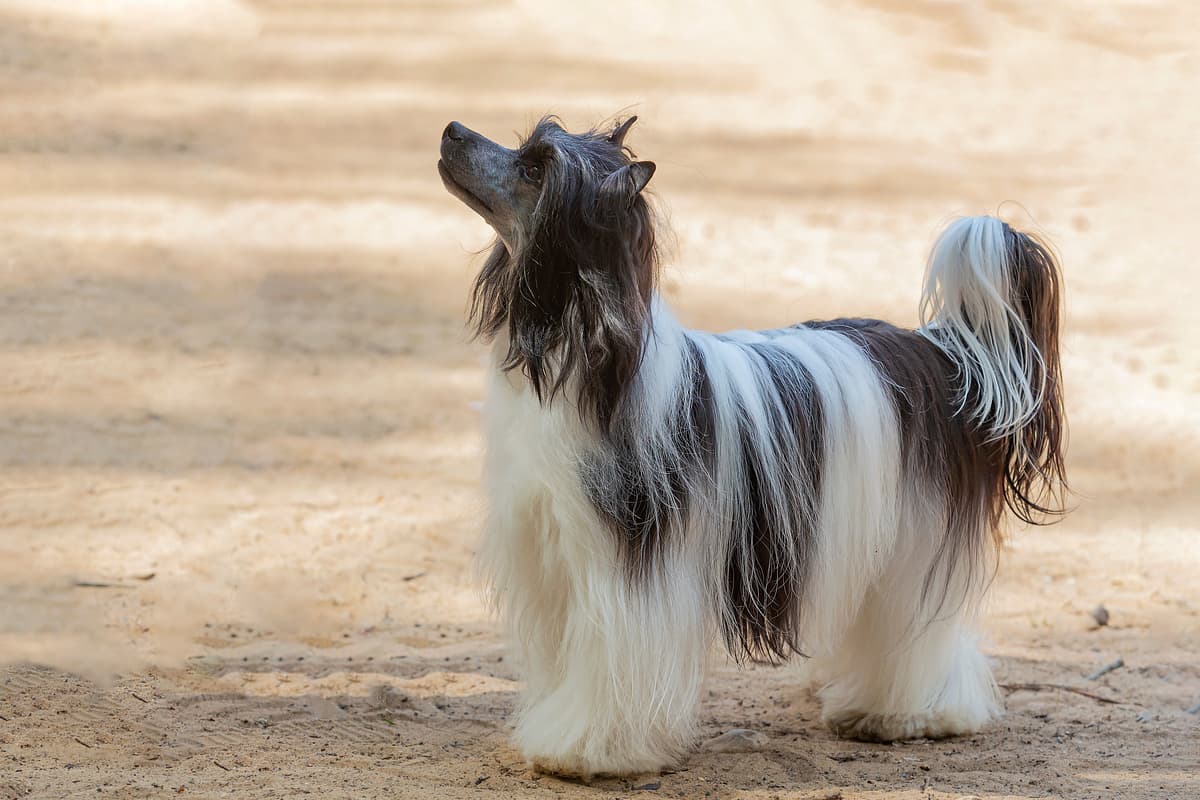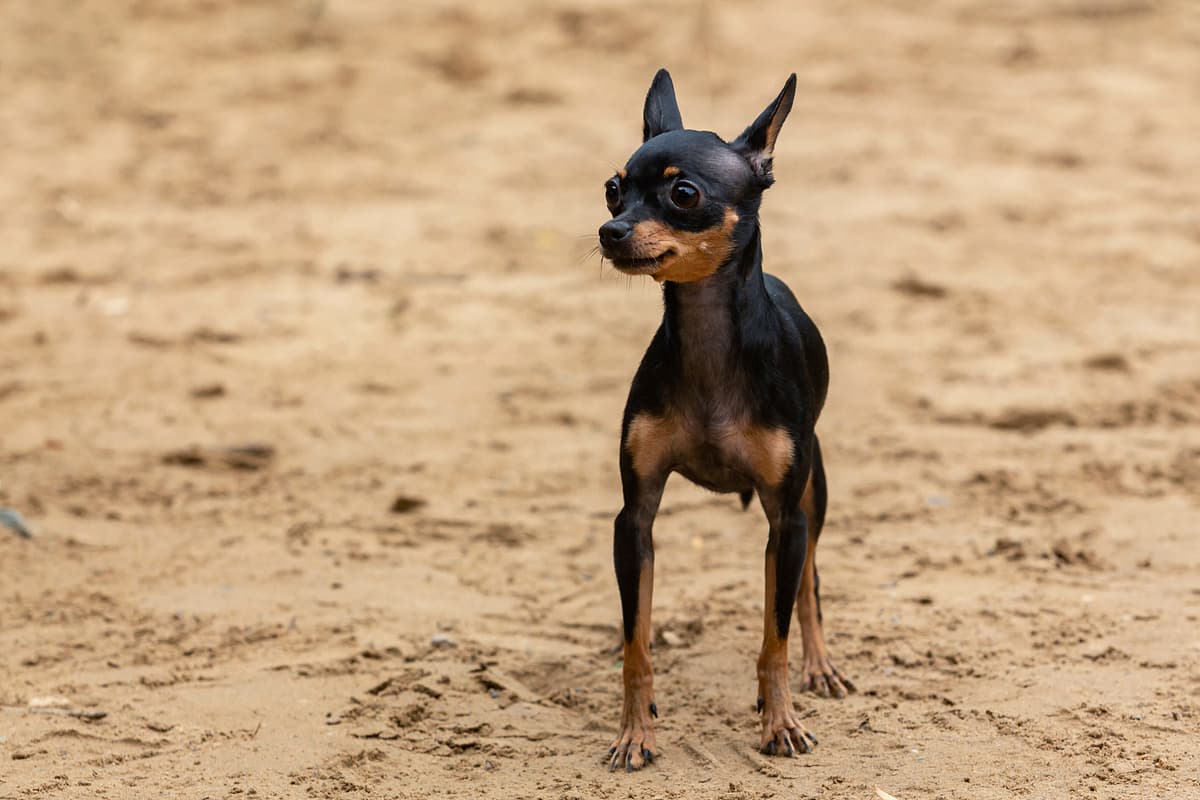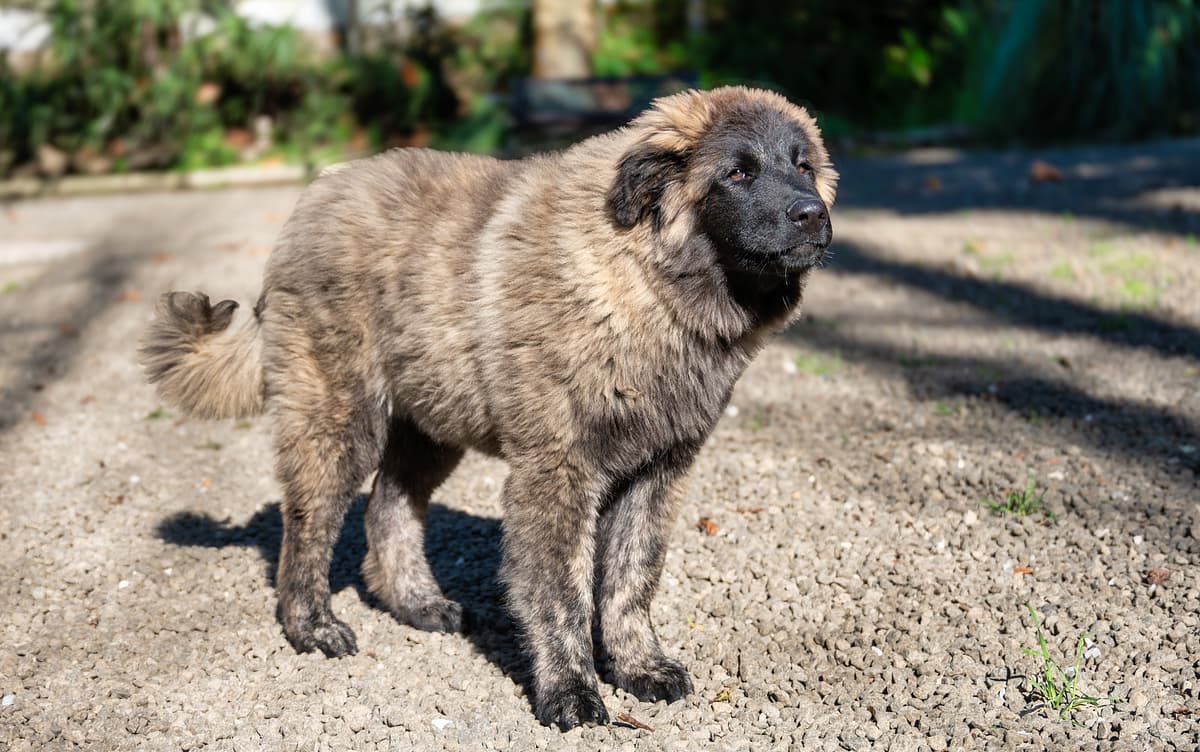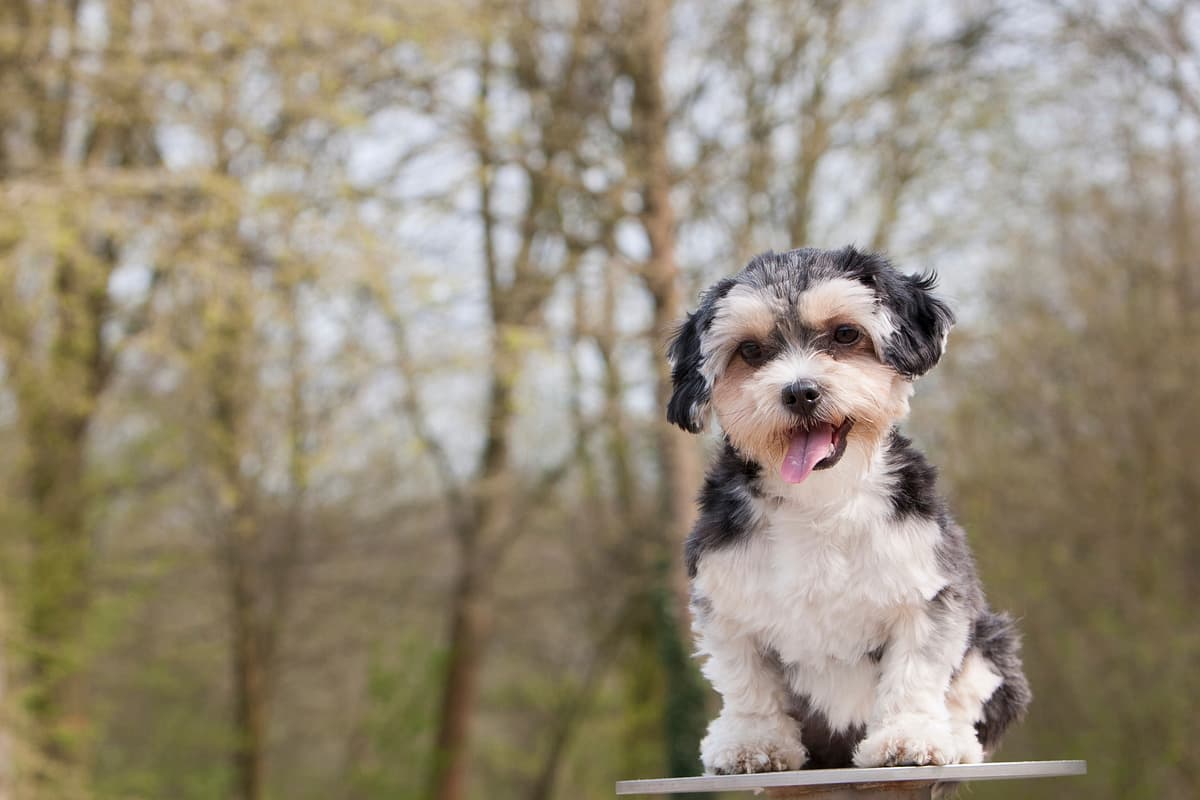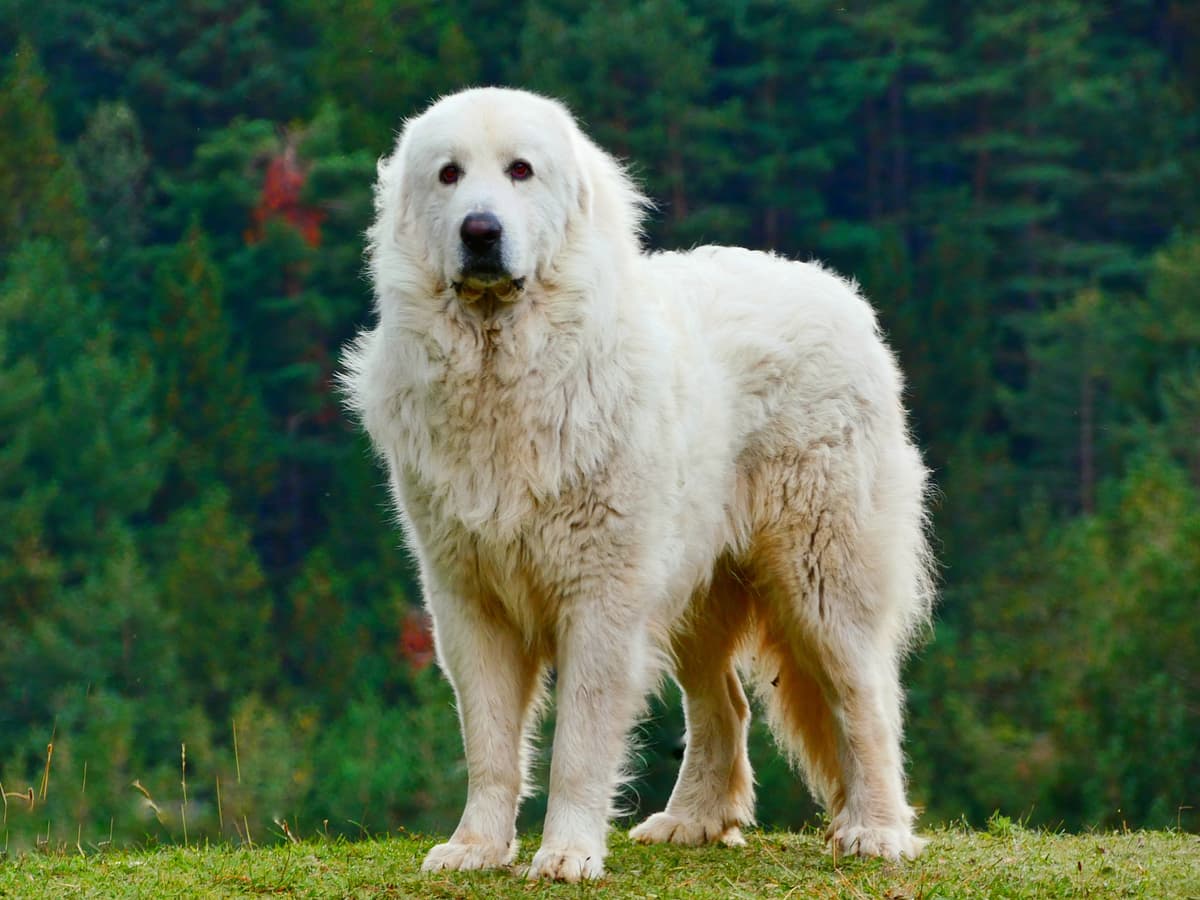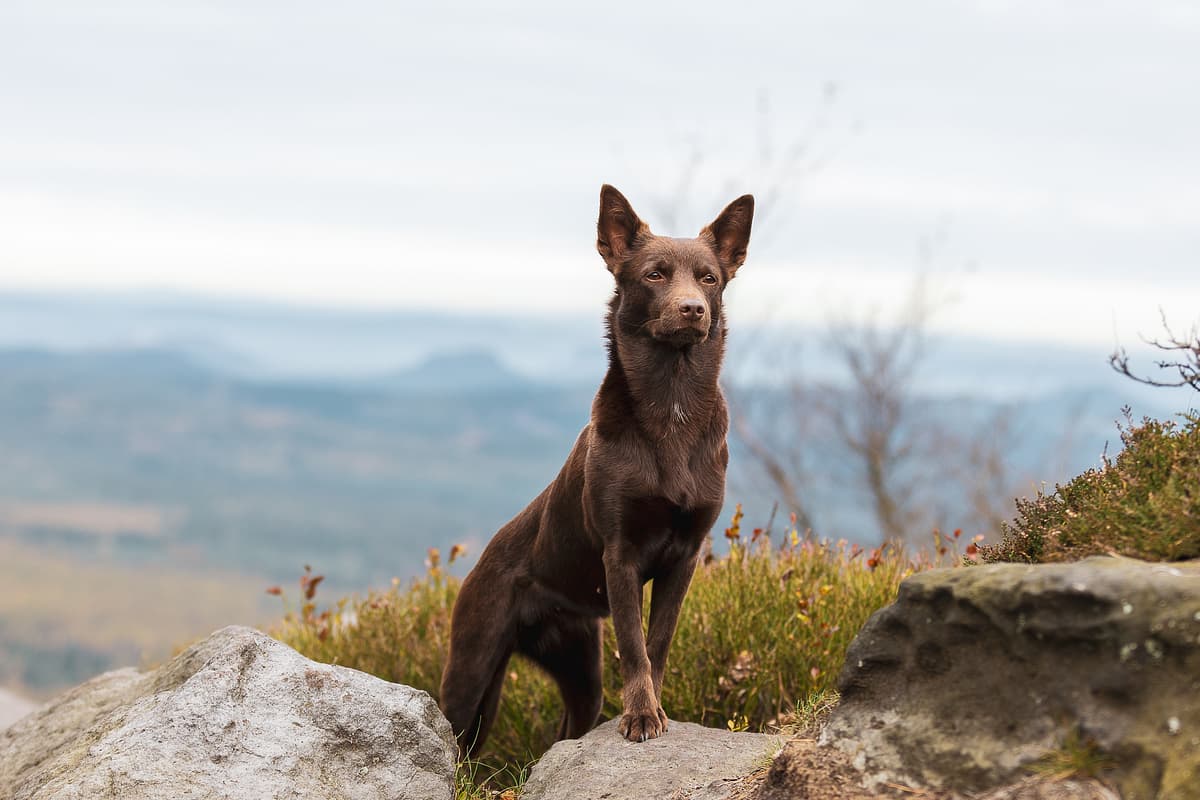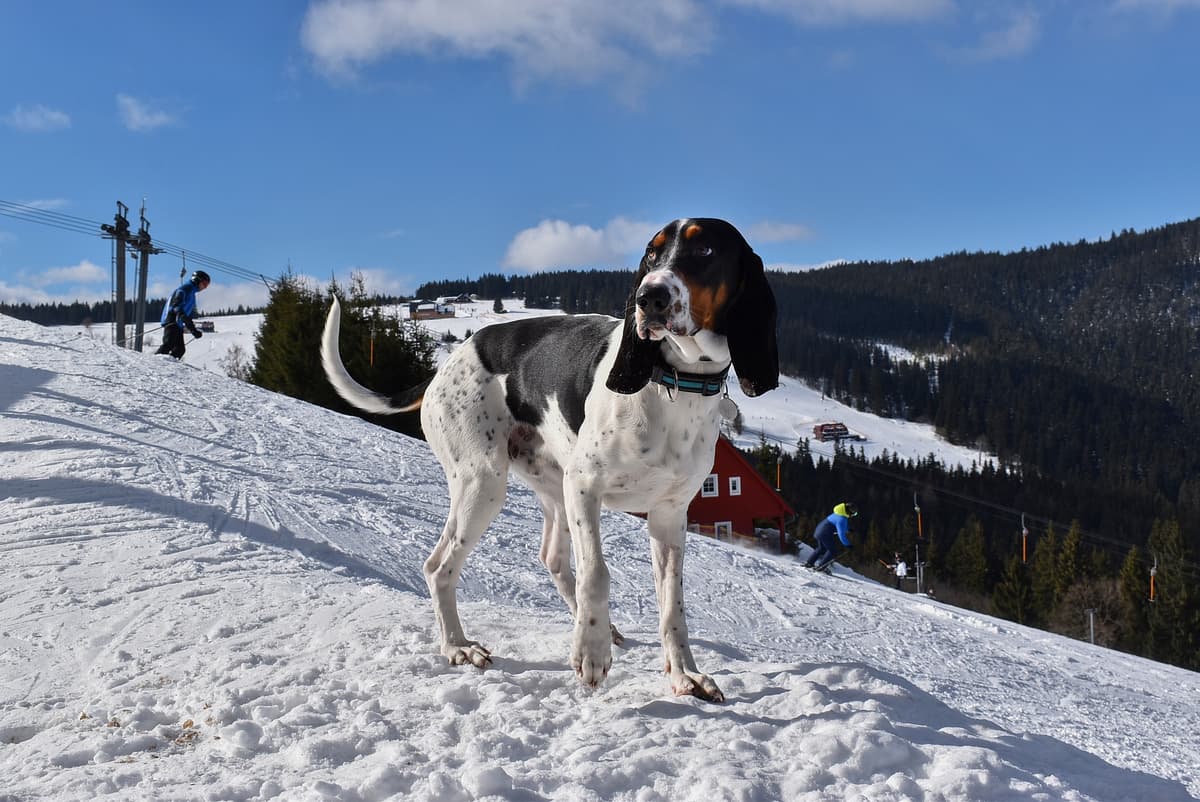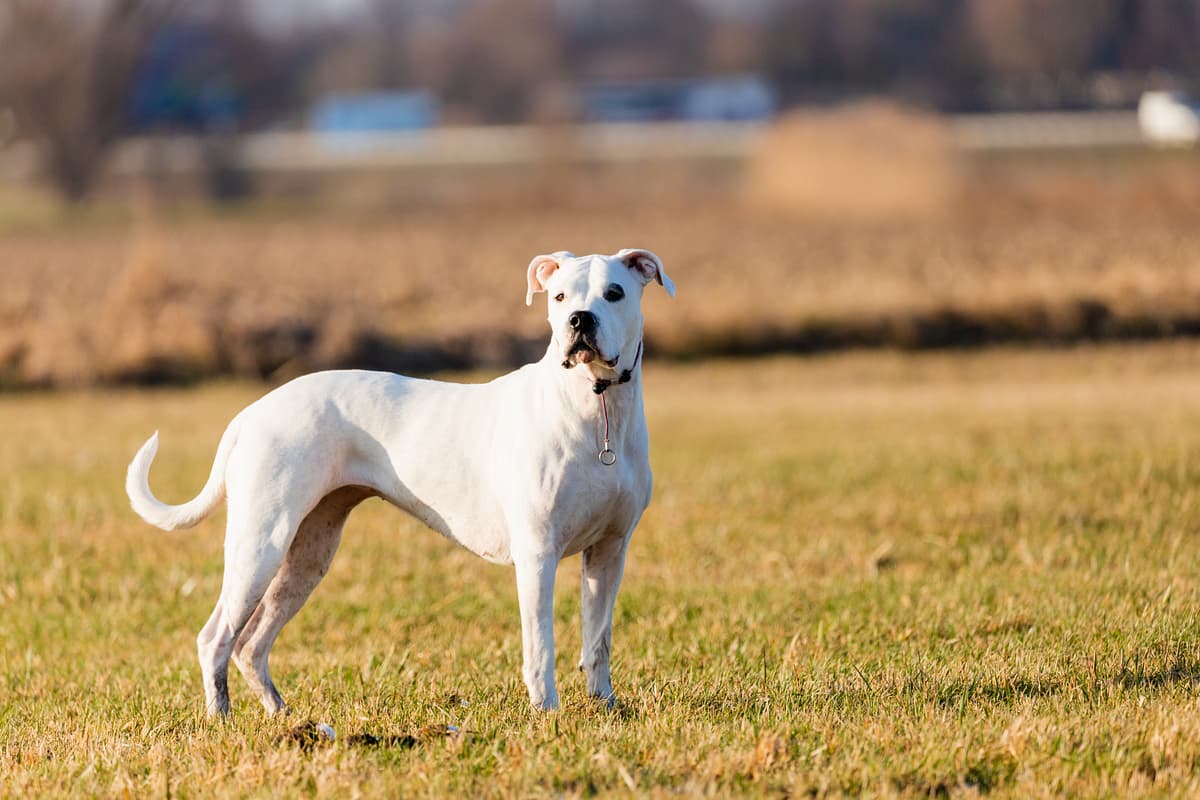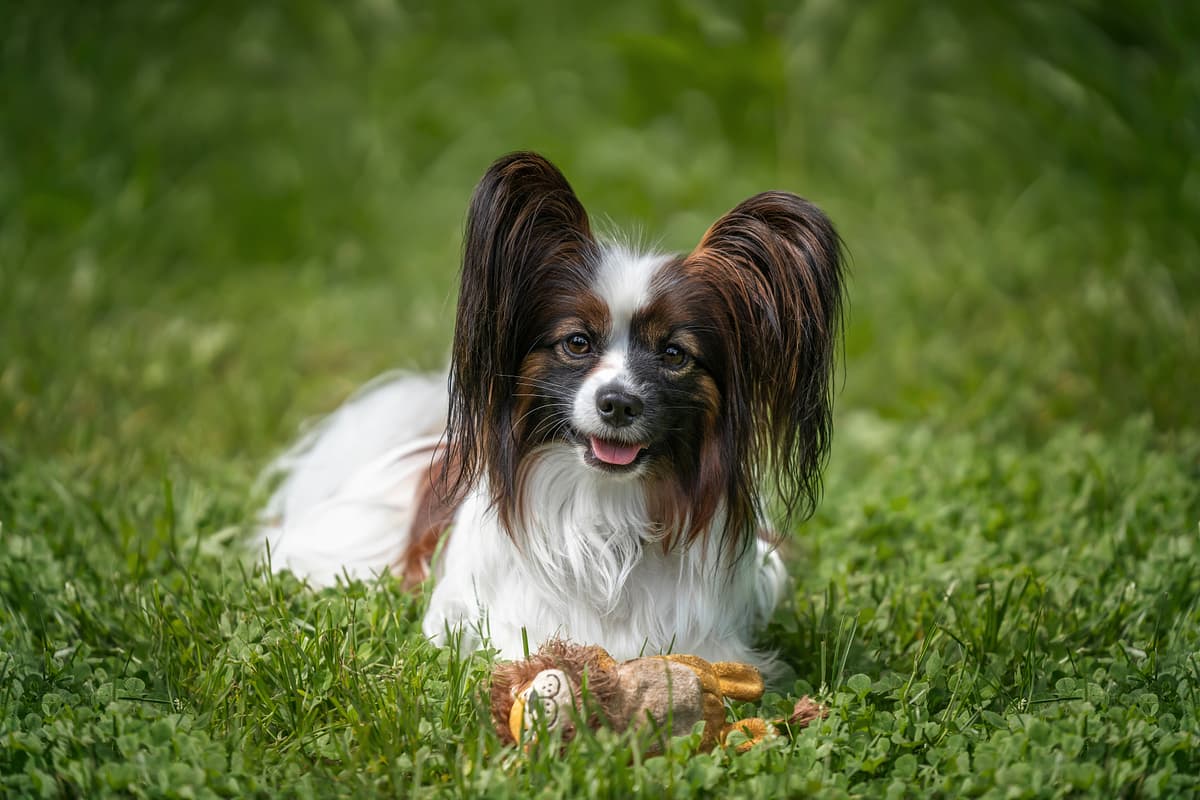Pug
Charming, playful, and affectionate, this small dog thrives on human companionship and delights everyone with its expressive face. Always eager to please, it makes a devoted family friend.
Breed Characteristics
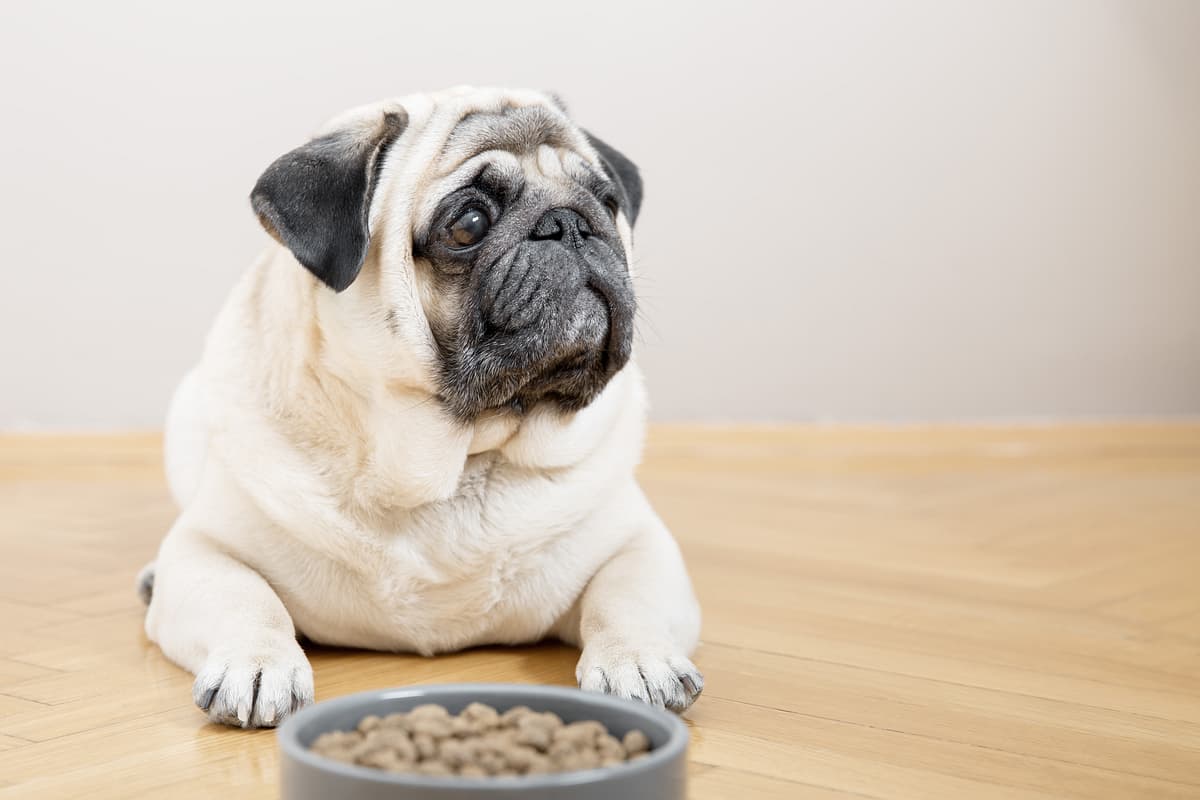
Average sizes and life expectancy of the breed.
HEIGHT
25–30.5 cm (male)
25–30.5 cm (female)
WEIGHT
6.3–8.1 kg (male)
6.3–8.1 kg (female)
LIFE EXPECTANCY
12–15 years
Pug: Breed snapshot
Everything you need to know about this beloved breed at a glance
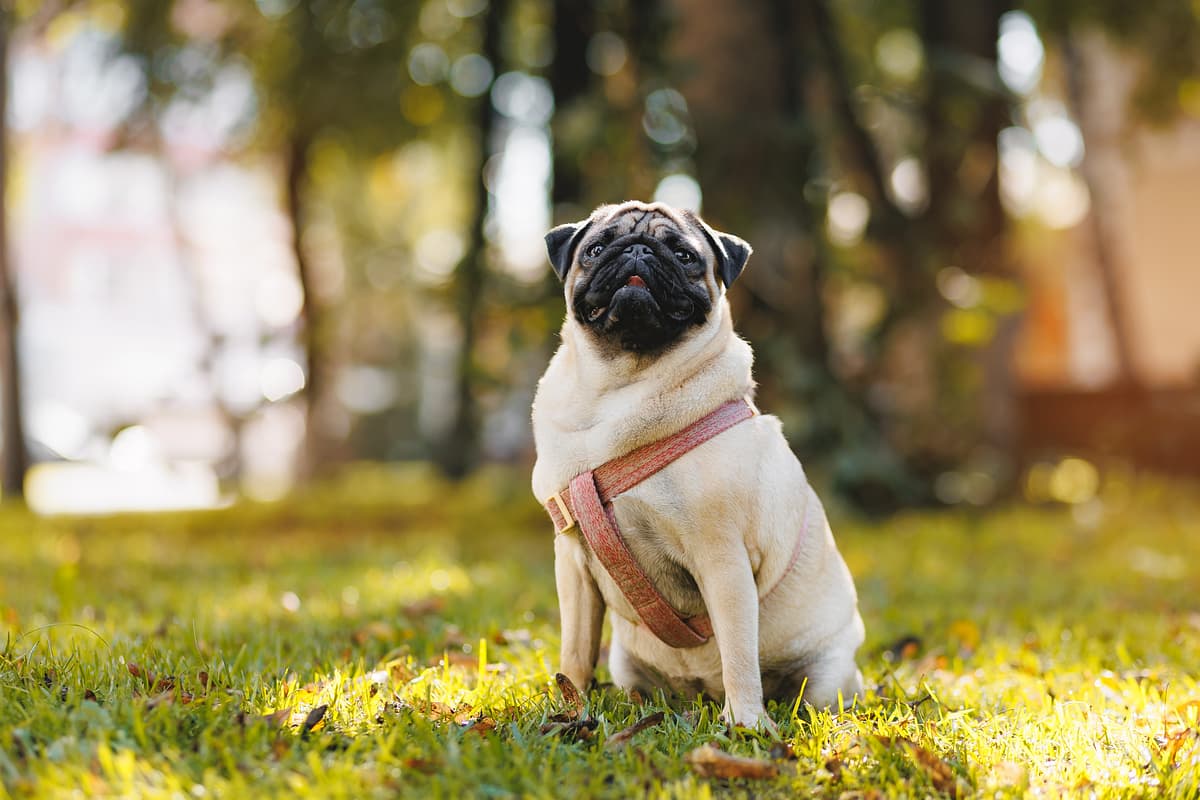
Key Breed Characteristics
Kingdom
Animalia
Phylum
Chordata
Class
Mammalia
Order
Carnivora
Family
Canidae
Genus
Canis
Species
Canis lupus familiaris
Diet
Omnivore
"A Pug isn't just a pet — they're a loyal companion, a playful friend, and a loving family member all in one."
Temperament & personality
Understanding Pug's temperament is key to knowing if they're the right match for your lifestyle.
Personality Overview
Pugs are affectionate, sociable, and generally good-natured, making them well-suited for families and individuals seeking a companionable pet. They tend to get along well with children and other animals.
Key Personality Traits
Outgoing and sociable with people and pets
Learns basic commands with consistent training
Prefers short play sessions, tires easily
Enjoys games and lighthearted interaction
Adjusts well to new environments and routines
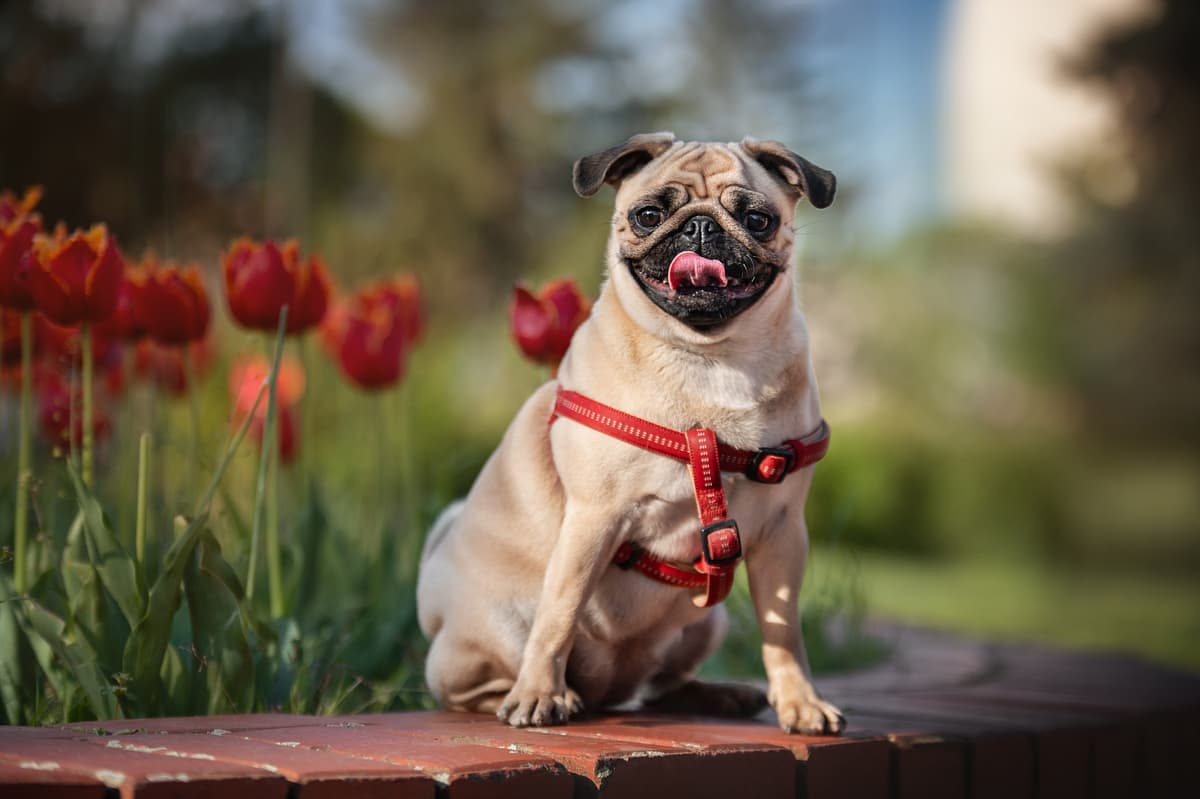
Strengths
- Affectionate with families and children
- Adaptable to apartment living
- Generally friendly toward other pets
- Low grooming requirements
- Playful and sociable personality
Challenges
- Prone to obesity without managed diet
- Can suffer from breathing difficulties
- Sensitive to heat and humidity
- Stubborn during training sessions
- Eyes susceptible to injury and infection
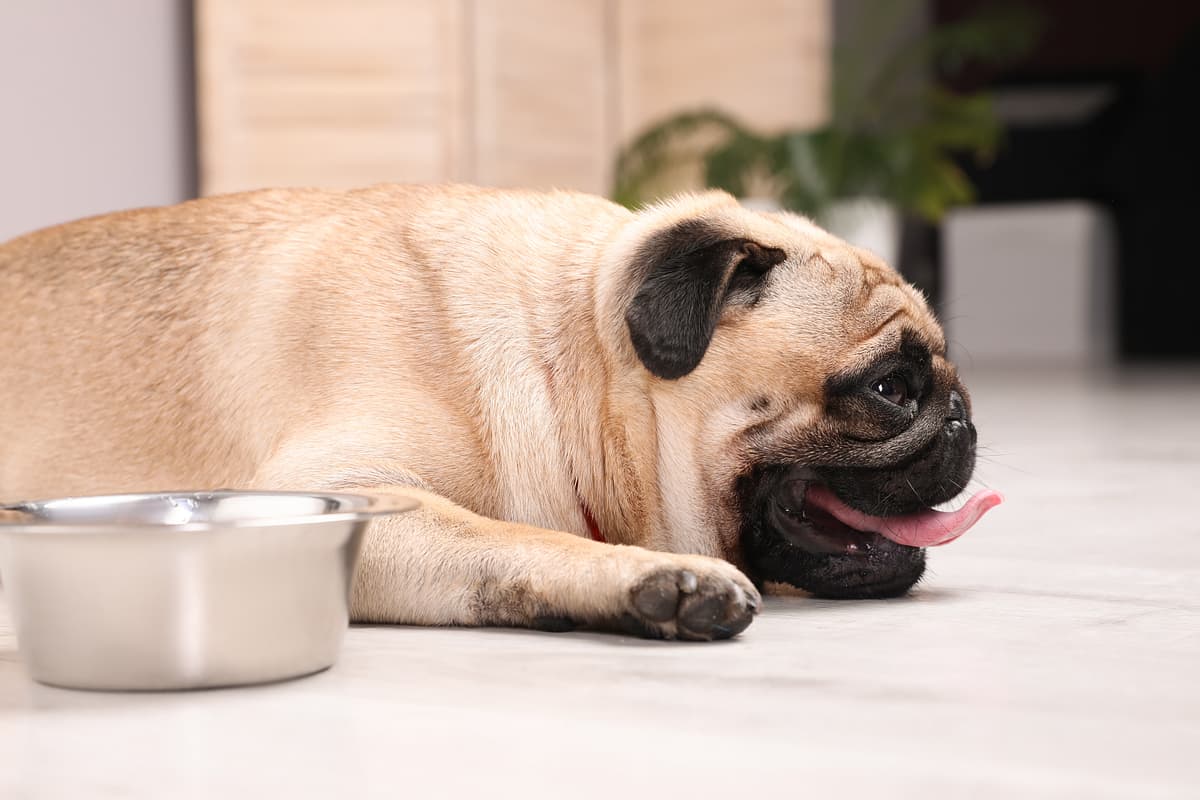
Protect your Pug
Pug can develop brachycephalic syndrome and eye problems. PetSecur covers unexpected vet costs with quick payouts and personal service.
Intelligence & exercise needs
Pugs are both highly intelligent and energetic, requiring mental and physical stimulation to thrive.
🧠 Intelligence & training
Trainability
Learns with consistency
Overall rating
Pugs have average intelligence and can learn basic commands, but they may display a stubborn streak. Consistent, positive reinforcement and patience are important for effective training.
Trainable Tasks:
🏃 Exercise & energy levels
Daily Exercise
30–45 minutes daily
recommended per day
Pugs have moderate energy levels and require daily walks and short play sessions to stay healthy. They benefit from mental stimulation but are not suited for strenuous or prolonged exercise.
Recommended Activities:
Is this breed right for you?
Pugs are versatile dogs that adapt well to many lifestyles, but they're not the perfect match for everyone. Here's a quick guide to help you determine if a Pug would fit well in your home.
First-time Owner
Pugs are easygoing and forgiving, making them manageable for inexperienced owners.
Apartment Living
Their small size and lower energy suit apartment environments well.
Active Lifestyle
Pugs tire easily and are not suited for intense or highly active lifestyles.
Kids
Their gentle temperament makes them safe and affectionate with young children.
Multiple Pets
Pugs typically get along well with other pets in the household.
Being Left Alone
Pugs dislike being left alone for long periods and may develop separation issues.
Breed comparisons
Wondering how Pugs compare to other popular breeds? Check out our detailed comparison pages.
Frequently Asked Questions about Pug
Find answers to the most commonly asked questions about this breed
Helpful pet owner tools
Use our interactive tools to help you make the best decisions for your pet journey
Pet name generator
- 1000+ unique pet names
- Filter by gender & personality
- Save your favorites
Random breed generator
- Explore unexpected matches
- Learn about rare breeds
- Find hidden gems
Breed comparison tool
- Side-by-side comparison
- Multiple criteria options
- Detailed breed information
Explore more dog breeds
Discover other popular dog breeds and find your perfect canine companion

